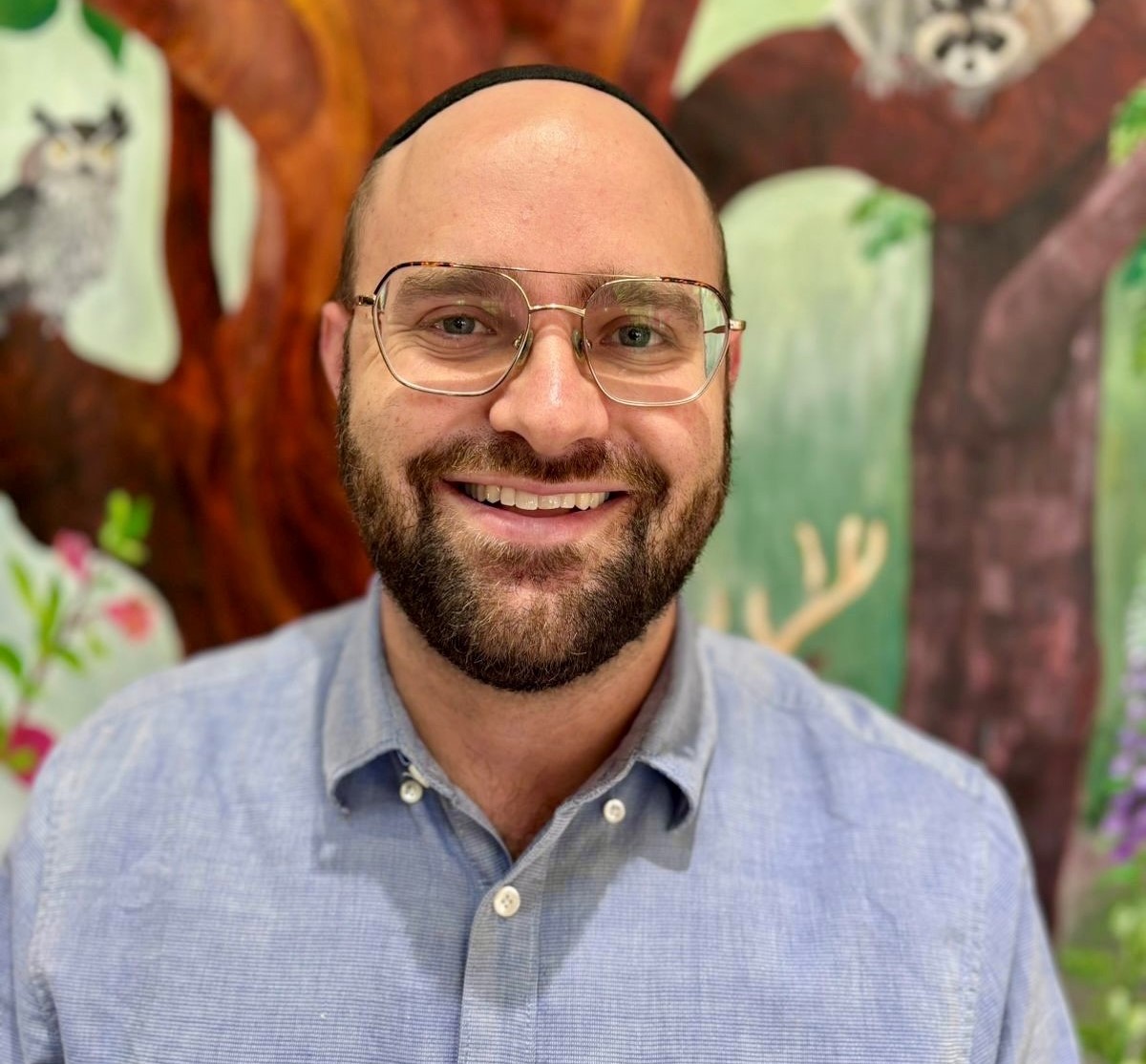
Religion

Feel and be transformed – it’s seder school 101
We’re just a few days away from one of the highlights in the Jewish calendar: the seder nights, which, as a principal and teacher, I find educationally exciting.
The seder is the event that the great sages from previous generations chose to use to instil identity into the next generation. The tools they used always leave me amazed at how advanced their perspectives were when it comes to education. Examples range from experiential learning; and avoiding lecturing but getting everyone involved with their senses from smells to taste, as visceral learning becomes embodied. Visual learners will take in the beautiful scene of the set table and the seder plate. Auditory learners will connect with the songs and conversation. All of this should be conducted in an engaging way of storytelling and questioning.
I think of one Sephardi custom in which the seder leader takes the seder plate and holds it for some moments over each person’s head like a spotlight, encouraging them to focus, and singing a song of exiting Egypt, making each participant imagine for a moment what this might have been like. Ideas range from dressing up to beautiful haggadah illustrations, and more. At my last seder, someone contrasted the plagues to our universal recent experience of the COVID-19 pandemic, and how just like one plague was almost like 50 plagues each, COVID-19 wasn’t just about terrible illness, but about loss of income, families cooped up trying to survive without help, the frustration of not getting out, and the fear of harming people and many other far-reaching consequences. Thinking of the plagues like this made them that much more relatable and potent.
These are teaching skills 101, and would be expected of any teacher worth their salt.
As Rabbi Reuven Leuchter points out, the seders often aren’t an experientially transformative story, but an evening where a few people share drashot and insights into the texts. Even when they attempt to include their children or grandchildren, it’s about them repeating intellectual lessons learned at school. He stresses that the seder must be an experience, where children feel and understand to some extent what it means to be a part of the Jewish people, be in slavery, and what redemption might feel like. There should be greater empathy with the pain of being a stranger, as well as the responsibilities that come with becoming a sovereign nation.
In thinking of this experience of slavery and redemption, in her book Seder Talk, Dr Erica Brown has an article about the different perspectives on redemption. Redemption has two features that are ever present: “wait” and “hope”. These two words help us to understand the process of redemption. As Brown writes, “Redemption isn’t only about possibility. It’s also about patience, the emotional fortitude required to wait for the small, interconnecting pieces of a story to come together organically.”
When we speak about redemption, there are two forces at play – pressure and patience – knowing when to push for redemption and when to accept that more time is needed. This tension is connected to the final redemption, and is reflected in the verse from Yeshayahu referring to the coming of Moshiach, “Beitah achishena” (In its time, I will hasten it). As the Gemara of Sanhedrin explains it, if Jews merit it, then “achishena” (I will hasten the final redemption). If they don’t merit it, they need to be patient and wait for redemption, “be’itah”, at the right time. The lesson of Pesach is that “Yeshuat Hashem keheref ayin” (The salvation of Hashem comes in the blink of an eye). When the time is right, Hashem can make anything happen. However, one needs understanding and maturity to know when to leap and take hold of the moment, and when to be patient and wait for another opportunity. Even at the coming out of Egypt, the Midrash tells us that 300 000 Jews tried to leave early from Egypt and were unsuccessful. Their timing wasn’t right, they pushed at a time that they should have been resilient and patient.
It reminds me of the serenity prayer that’s used by recovering addicts, “G-d, grant me the serenity to accept the things I cannot change, the courage to change the things I can, and the wisdom to know the difference.”
As mentioned at the beginning of this piece, the seder should be a night that changes one, not just a night of sharing “cute” ideas. So how do you make this lesson of redemption a transformative learning experience? Aside from “waiting” and “hoping” for the food to arrive during the seder, ask people around the table what redemption they are hoping and waiting for personally. In everyday life, we all have our struggles that we’re working to conquer and are praying for help with. We need to have the mindset that Hashem can deliver us at any minute from these struggles, in the blink of an eye. Yet, we also need to bear in mind that we’re obligated to do as much work as possible to bring about that redemption, and be ready for when the time comes to break free and grab the opportunity firmly with both hands. It might happen that people around the table feel comfortable enough to be vulnerable and share personal stories that bring the Passover experience to life in the present.
On this Pesach, may we experience the many lessons that are on offer at the seder. May we be prepared for Hashem’s salvation at any minute, while at the same time, having the patience and fortitude to wait when we need to. May we all do what we can to bring about the reality necessary to allow that final redemption to be heralded, and may we grab that opportunity with full and zealous hearts.
· Rabbi Gavriel Ziegler is the principal of the Phyllis Jowell Jewish Day School in Cape Town.










